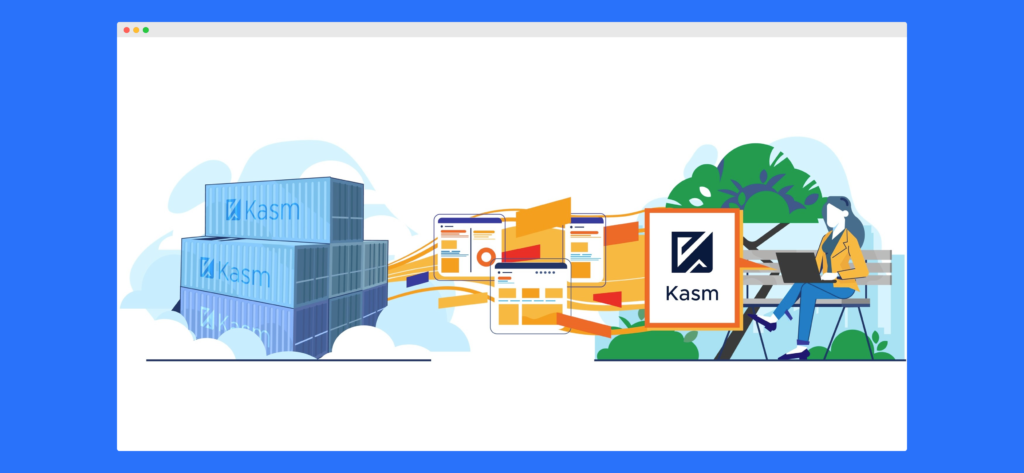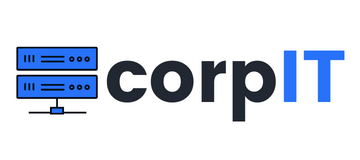Container streaming is a technology that allows users to stream applications and services in the form of containers over the internet. Containers are a type of software that package an application and its dependencies into a single, portable unit, making it easy to run the application on any compatible platform.

There are several benefits to using container streaming:
- Portability: Container streaming allows users to access and use applications and services from any device with an internet connection. This can be particularly useful for businesses that need to provide their employees with access to applications and services from a variety of devices, including laptops, tablets, and smartphones.
- Scalability: Container streaming allows users to easily scale up or down their use of applications and services as needed. This can be particularly useful for businesses that experience fluctuating demand for their applications and services, as it allows them to respond to changes in demand in real-time.
- Security: Container streaming can provide an additional layer of security, allowing users to run applications and services in a secure, isolated environment. This can help to prevent interference or interference with the host system, and can also help to protect against cyber threats.
- Cost-effectiveness: Container streaming can be more cost-effective than traditional methods of delivering applications and services, as it allows users to pay only for the resources they use. This can be particularly useful for businesses that need to minimize costs, or that experience fluctuating demand for their applications and services.
To use container streaming, users typically need to sign up for a container streaming service and install the service’s client software on their devices. They can then log in to the service and access their containers from any device with an internet connection.
Overall, container streaming is a useful technology that allows users to stream applications and services in the form of containers over the internet. It offers a number of benefits, including portability, scalability, security, and cost-effectiveness, making it a popular choice for businesses and individuals alike.
Table of Contents
FAQ
What is container streaming?
Container streaming is a technology that allows for the real-time delivery of containerized applications to end-users. It enables live updates and instant scaling of applications, reducing downtime and improving overall performance.
How does container streaming differ from traditional container deployment?
Traditional container deployment typically involves pre-building and deploying container images to a cluster of servers. Container streaming, on the other hand, delivers the application in small chunks or layers, allowing for real-time updates and scaling without the need for a full redeployment.
What are the benefits of container streaming?
Container streaming offers several benefits, including faster delivery of updates and new features, reduced downtime, improved scalability, and increased security.
What are the key technologies used in container streaming?
Container streaming technologies typically include a container orchestration platform, a streaming server, and a container registry.
How can container streaming be used in production?
Container streaming can be used in production by using a streaming server to deliver container images to a cluster of servers in real-time. This allows for live updates and instant scaling of applications without the need for a full redeployment.
How does container streaming impact the development process?
Container streaming allows for faster delivery of updates and new features, which can improve the development process by reducing delays and allowing for more agile development.
Are there any limitations to container streaming?
Container streaming is still a relatively new technology and is not yet widely adopted. It also requires a certain level of infrastructure and expertise to implement and maintain.




